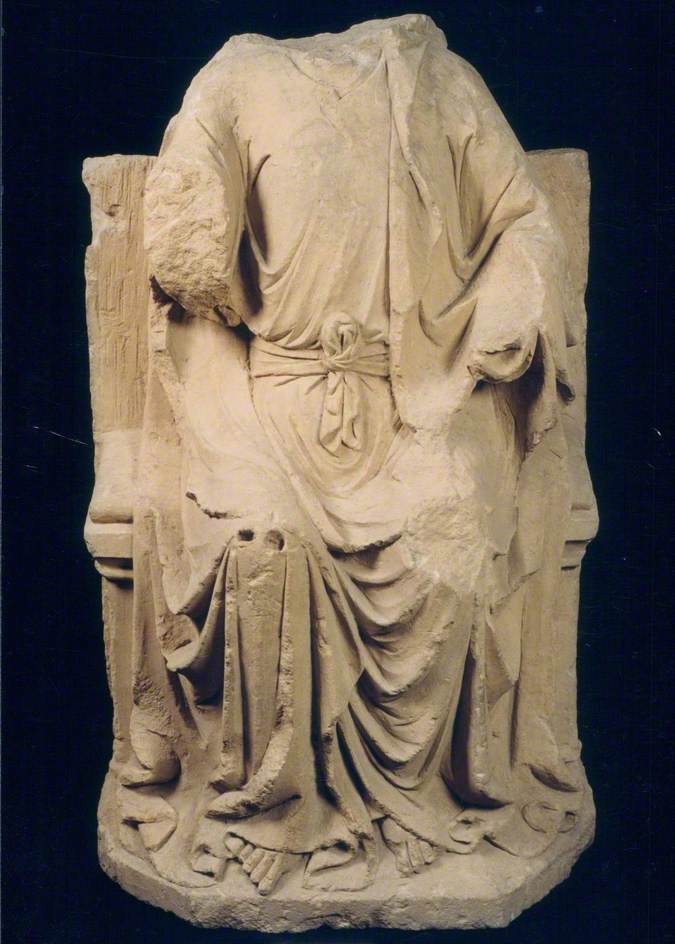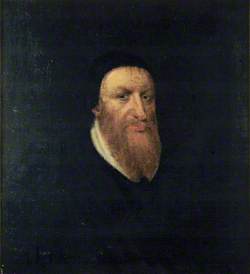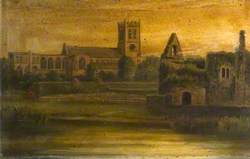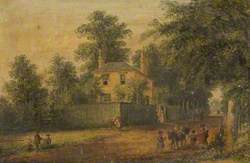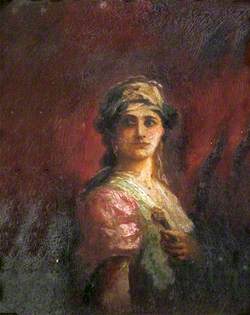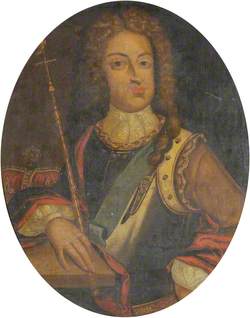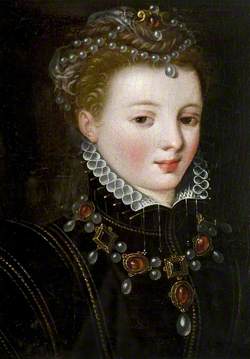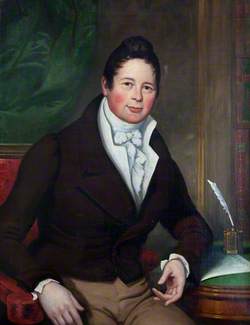How you can use this image
This image can be used for non-commercial research or private study purposes, and other UK exceptions to copyright permitted to users based in the United Kingdom under the Copyright, Designs and Patents Act 1988, as amended and revised. Any other type of use will need to be cleared with the rights holder(s).
Review the copyright credit lines that are located underneath the image, as these indicate who manages the copyright (©) within the artwork, and the photographic rights within the image.
The collection that owns the artwork may have more information on their own website about permitted uses and image licensing options.
Review our guidance pages which explain how you can reuse images, how to credit an image and how to find images in the public domain or with a Creative Commons licence available.
Notes
Add or edit a note on this artwork that only you can see. You can find notes again by going to the ‘Notes’ section of your account.
This enthroned figure is a realistic, well-executed large sculpture, complete except for the upper right arm, the left hand and the head. The base of the sculpture is broad and chamfered on three main faces, with the front face exhibiting a wider chamfer. The back of the sculpture rises to form a moulded platform seat, angled slightly forwards, with sides on which a thin chamfered cushion rests. The back of the throne rises to just below shoulder height. The sculpture is solid with no detail on the reverse face. The tooling finish on the sides and rear is quite rough; the rear of the figure is similarly finished with a slightly concave shape into the figure. The figure is imposing on the throne, and robes spill over the sides to drape elegantly onto the base.
Directly below, on the right knee, are two square sectioned holes, approximately 10mm deep, slightly offset from each other as though to take a metal attachment to the sculpture, such as staff or scroll and appear to be primary. Holes like these are evident in other sculptures from the site where iron or copper alloy fittings were secured using a matrix of lead. The left hand may also have borne an attribute such as a book resting on the left knee; there is an area of broken stone supporting this theory. There is also damage to the upper left knee. There is no evidence of metal staining on the stone. Damage to the arms may be a result of wrenching metal attachments from the sculpture at the Dissolution. It is made of fine-grained yellow limestone. There are traces of a bright red pigment on the left-hand side lower back of the throne which may be original. The base of the sculpture retains traces of mortar. The sculpture is made from a fine-grained yellow sandstone and is a little weathered, indicative of an internal position within the Abbey.
English Heritage, Rievaulx Abbey
Helmsley
Title
Christ in Majesty
Date
c.1260–1290
Medium
sandstone
Measurements
H 69.6 x W 43.3 x D 29.2 cm
Accession number
81065601
Work type
Sculpture
